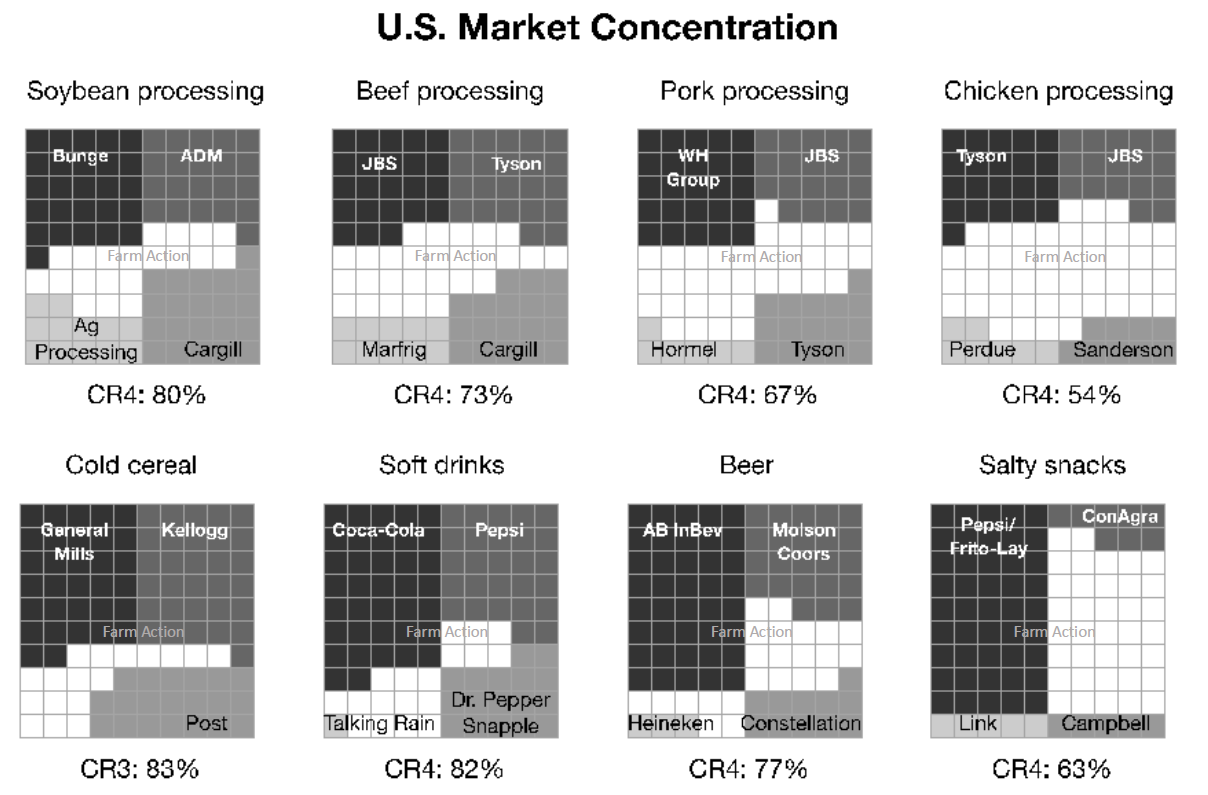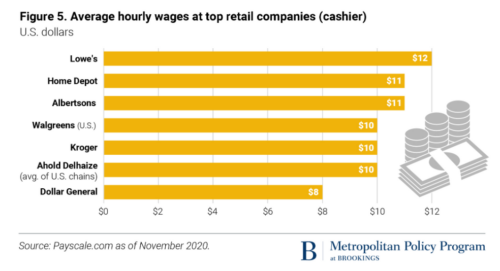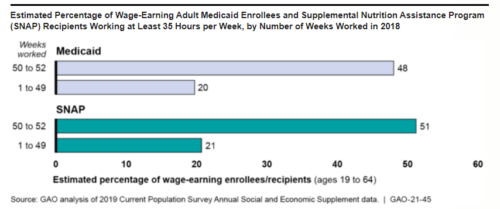Some odd items, just for fun
I’ve been collecting intriguing items about new foods and supplements, soon to be at a supermarket near you.
- Waffle House teams up with Georgia’s Oconee Brewing Company to produce a bacon-flavored beer: Bacon and beer is a match made in heaven. Bacon beer, on the other hand, could be something even better. Waffle House, the iconic restaurant chain, has teamed up with Georgia-based brewery Oconee Brewing Company to offer the first Waffle House-branded beer called Bacon & Kegs.
- A Gluten Free Oreo Is Finally Hitting Grocery Store Shelves in January. I know you’ve been waiting for this.
- New Heat-Resistant Spirulina for Hard Candy. Meet FruitMax® Blue 1506, a unique spirulina-based liquid formulation designed for coloring hard candy and lozenges blue (patent pending) from natural sources. More robust and efficient compared to standard liquid spirulina products. It is heat and acid stable and doesn’t produce unwanted spots or cloudiness or lose its ability to color when in the challenging processing steps. It protects the color the instant it hits the very hot candy mass.
- Meat-Tech 3D expands cultured meat with printed tissue and acquisition: The publicly traded company based in Israel has its eyes on bringing technology to make 3D-printed cell-based meat available to the world as quickly as possible.
- PepsiCo launches sleep-aid drink Driftwell: The enhanced water, which will be sold first online starting in December, is designed to help stressed consumers relax and unwind before bed.
- Research method turns pig blood into protein powder for supplement use: Researchers have released details of an intriguing new method to convert pig blood into a powder with 90% protein content that can be used as a supplement in a variety of foods…. Read more
- Fermented pig placenta intake reduces fatigue by regulating inflammatory responses – LG Household & Health study: An RCT [randomized controlled trial] involving healthy adults showed that the supplementation of fermented porcine (pig) placental extract could improve fatigue-related parameters…. Read more
- Ukraine is trying to reclaim Borscht, its famous beet soup that’s often attributed to Russian cuisine. The Eastern European country plans to ask the U.N.’s cultural body to list Borscht as part of its cultural heritage, The New York Times reports.







